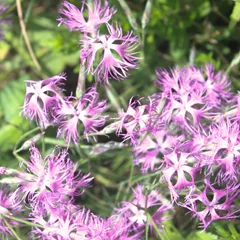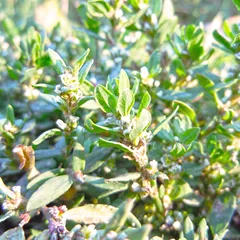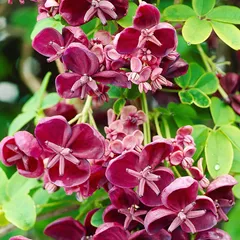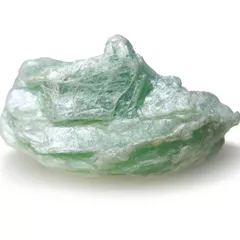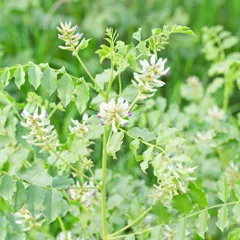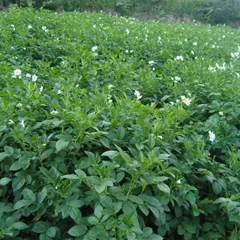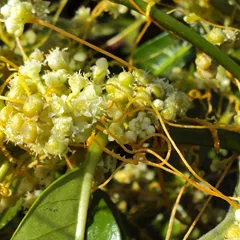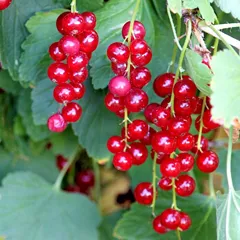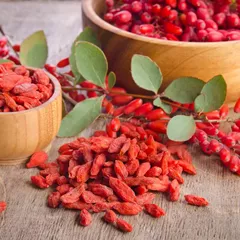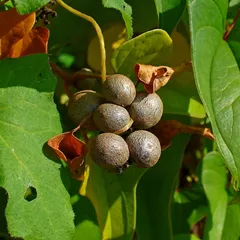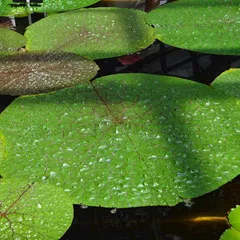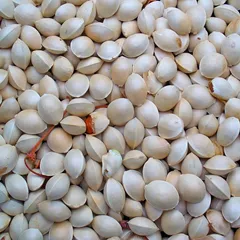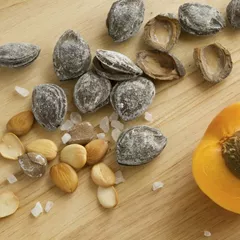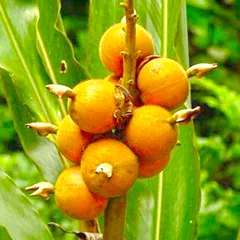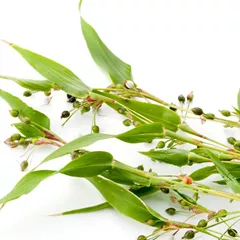Shi Wei San
Shi Wei San
Chinese: 石韦散
Pinyin: Shí Wéi Sàn
Other names: Pyrrosia Powder
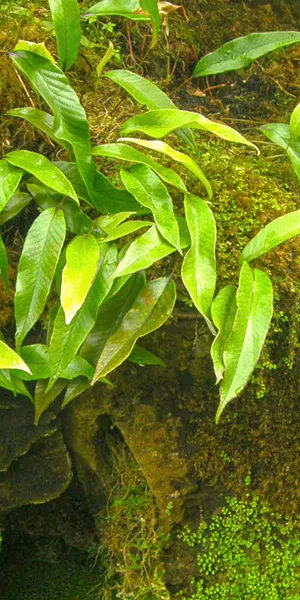
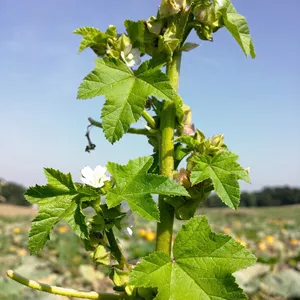
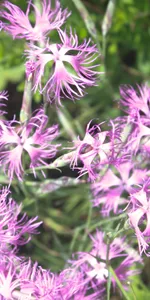
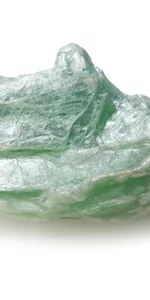
Shi Wei San
Shi Wei San
Chinese: 石韦散
Pinyin: Shí Wéi Sàn
Other names: Pyrrosia Powder
Number of ingredients: 5 herbs
Formula category: Formulas that clear Heat and expel dampness
Conditions for which it may be prescribed: CystitisGonorrheaUrethritis and two other conditions
- Clears heat
- Promotes the resolution of Dampness
- Unblocks painful urinary dribbling
- Expels stones
Contraindications: To be used for Excess acute conditions. Avoid using it to treat chronic... To be used for Excess acute conditions. Avoid using it to treat chronic conditions or patterns characterized by Deficiency and Cold. see more
Source date: 1687 AD
Source book: Supplemented Collections on Patterns and Treatments
The information provided here is not a replacement for a doctor. You shouldn't use it for the purpose of self-diagnosing or self-medicating but rather so you can have a more informed discussion with a professional TCM practitioner.
Shi Wei San is a 5-ingredient Chinese Medicine formula.
Invented in 1687 AD, it belongs to the category of formulas that clear Heat and expel dampness. Its main actions are: 1) clears heat and 2) promotes the resolution of Dampness.
In Chinese Medicine health conditions are thought to arise due to "disharmonies" in the body as a system. These disharmonies are called "patterns" and the very purpose of herbal formulas is to fight them in order to restore the body's harmony.
In this case Shi Wei San is used by TCM practitioners to fight patterns like Damp-Cold in the Bladder. From a Western Medicine standpoint, such patterns can give rise to a range of conditions such as urethritis, cystitis or urinary stones for instance.
On this page, after a detailed description of each of the five ingredients in Shi Wei San, we review the patterns and conditions that Shi Wei San helps treat.
The five ingredients in Shi Wei San

1. Pyrrosia Leaves (Shi Wei)
Part used: Dried leaves
Nature: Cool
Meridian affinity: BladderLung
Category: Herbs that drain Dampness
In general Shi Wei's main actions are as follows: "Clears Damp-Heat, unblocks painful urinary dysfunction, clears urinary stones. Removes Heat and arrests bleeding. Clears the Lungs, expels Phlegm and stops coughing."

2. Mallow Seeds (Dong Kui Zi)
Part used: The fruits/seeds
Nature: Cold
Taste(s): Sweet
Meridian affinity: BladderLarge intestineSmall intestine
Category: Herbs that drain Dampness
In general Dong Kui Zi's main actions are as follows: "Encourages urination. Promotes lactation. Moistening and soothing to the urinary tract and Intestines."
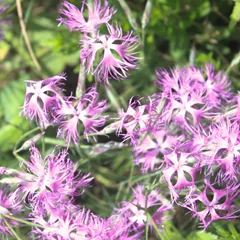
3. Chinese Pink Herbs (Qu Mai)
Part used: Dried aerial part
Nature: Cold
Taste(s): Bitter
Meridian affinity: BladderHeartSmall intestine
Category: Herbs that drain Dampness
In general Qu Mai's main actions are as follows: "Encourages urination and expels Damp-Heat. Dissolves Blood Stasis and assists blocked menstruation."
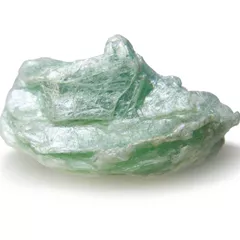
4. Talc (Hua Shi)
Part used: The mineral itself
Nature: Cold
Taste(s): Sweet
Meridian affinity: BladderStomach
Category: Herbs that drain Dampness
In general Hua Shi's main actions are as follows: "Encourages urination. Expels Damp-Heat from the Urinary Bladder. Dispels Summer Heat. Dries Dampness when applied topically."
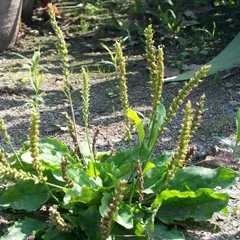
5. Plantain Seeds (Che Qian Zi)
Part used: Dried ripe seeds
Nature: Cool
Taste(s): Sweet
Meridian affinity: KidneyLiverLungSmall intestine
Category: Herbs that drain Dampness
In general Che Qian Zi's main actions are as follows: "Encourages urination and clears Heat. Stops diarrhea by expelling water through urination. Brightens the eyes, used in combination either for Deficiency or Heat. Reduces inflammation of infections. Arrests cough and expectorates Phlegm."
Shi Wei San is used to treat Damp-Cold in the Bladder
It's important to remember that herbal formulas are meant to treat patterns, not "diseases" as understood in Western Medicine. According to Chinese Medicine patterns, which are disruptions to the body as a system, are the underlying root cause for diseases and conditions.
As such Shi Wei San is mostly used to treat the pattern "Damp-Cold in the Bladder" which we describe below.
But before we delve into Damp-Cold in the Bladder here is an overview of the Western conditions it is commonly associated with:
Urethritis Cystitis Urinary stones Gonorrhea Appendicitis
Again it wouldn't be correct to say "Shi Wei San treats urethritis" for instance. Rather, Shi Wei San is used to treat Damp-Cold in the Bladder, which is sometimes the root cause behind urethritis.
Now let's look at Damp-Cold in the Bladder, a pattern that TCM practitioners commonly treat with Shi Wei San.
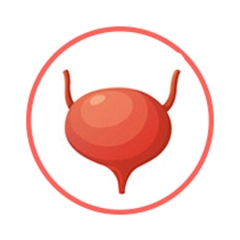
The Bladder is a so-called "Fu" Organ. Learn more about the Bladder in Chinese Medicine
Damp-Cold in the Bladder
Pulse type(s): Slippery (Hua), Slow (Chi)
Symptoms: Pale urine Turbid urine Frequent and urgent urination Feeling of heaviness in urethra Urination stopping in the middle of flow Feeling of heaviness in the hypogastrium
Shi Wei San is sometimes prescribed by TCM practitioners to treat Damp-Cold in the Bladder. This pattern leads to symptoms such as frequent and urgent urination, urination stopping in the middle of flow, feeling of heaviness in the hypogastrium and feeling of heaviness in urethra. Patients with Damp-Cold in the Bladder typically exhibit slippery (Hua) or slow (Chi) pulses.
This pattern is distinguished by the presence of Cold and Dampness in the Bladder.
The Coldness and Dampness obstruct the passages of Fluids in the Lower Burner and interfere with the Bladder functions.
The urgent and difficult urination as well as the feeling of heaviness are typical of Dampness.... read more about Damp-Cold in the Bladder
Formulas similar to Shi Wei San
Ba Zheng San is 33% similar to Shi Wei San
Bi Yu San is 20% similar to Shi Wei San
Liu Yi San is 20% similar to Shi Wei San
Wu Zi Yan Zong Wan is 20% similar to Shi Wei San
Yi Huang Tang is 20% similar to Shi Wei San
San Ren Tang is 12% similar to Shi Wei San

